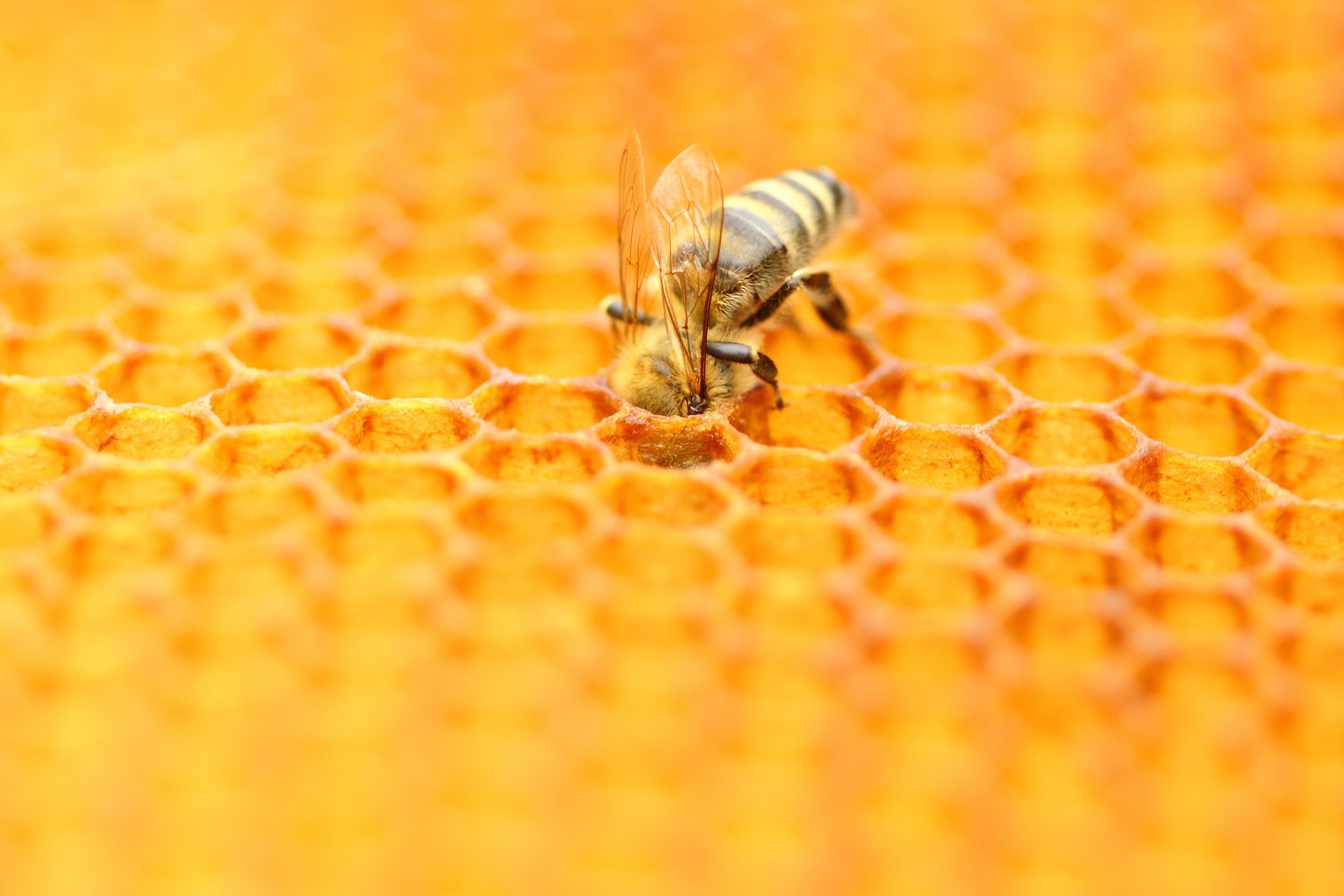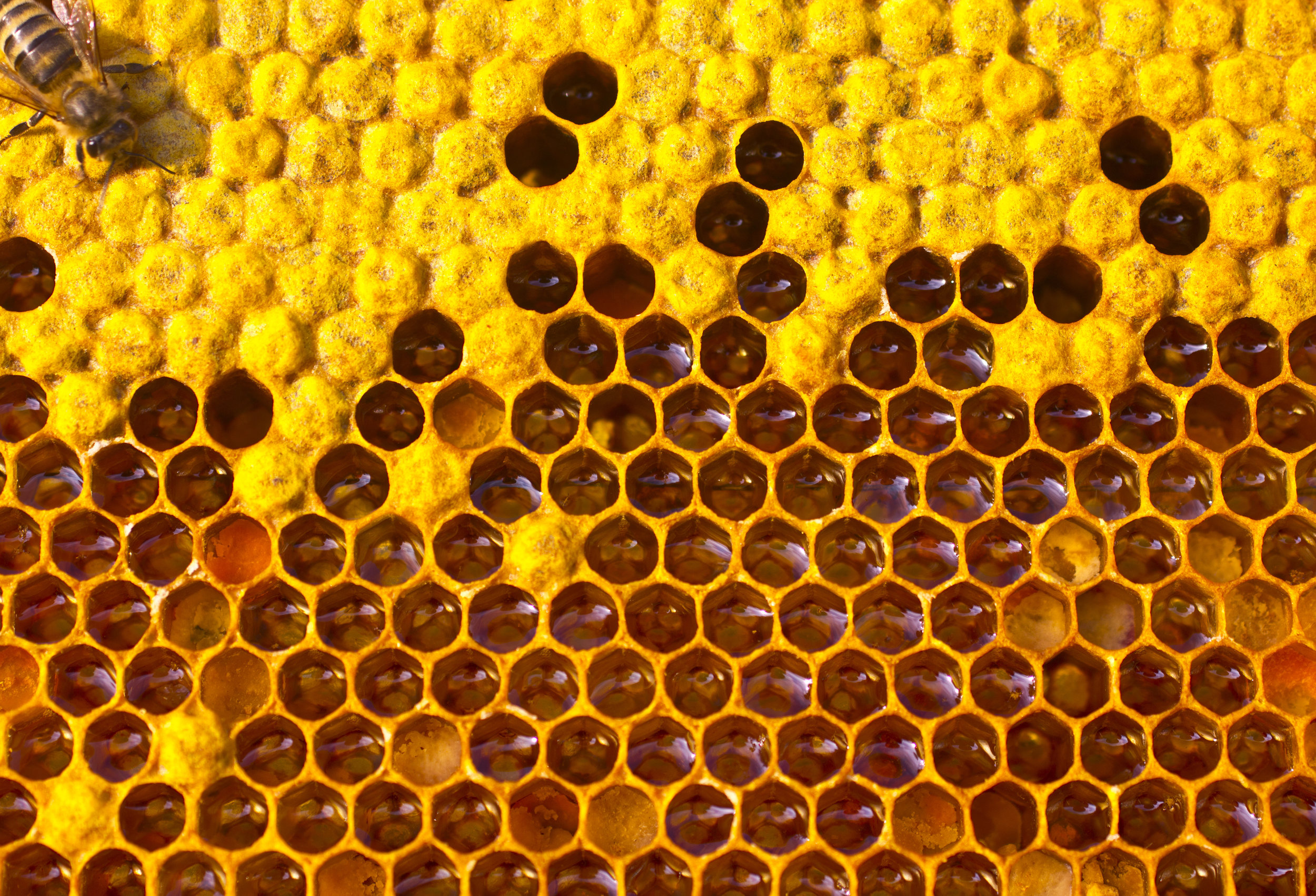
“Within the last decades, the global spread of the parasitic mite Varroa destructor has resulted in the loss of millions of honey bee (Apis mellifera) colonies. There is general consensus that the mite and its vector capacity for a range of honey bee viruses is a contributing factor in the global phenomenon of overwintering losses and elevated honey bee colony mortality.”
Honeybees are dying at an alarming rate
Introducing apisOne, by Hallpass
Our product, apisOne, is a smart honeybee health support system designed to make beekeepers more effective in fighting the varroa mite. If mites are detected on the bees (using machine vision), apisOne automates varroa triage and treatment outside of the hive.
While the beekeeper can choose to use chemicals as part of a custom solution, the system also works free from chemical treatments. Chemicals can be toxic to the honeybee, and potentially contaminate honey for human consumption.
apisOne is presently being developed by a small team of beekeepers, academics, engineers, designers, and social entrepreneurs.
How does apisOne work?
